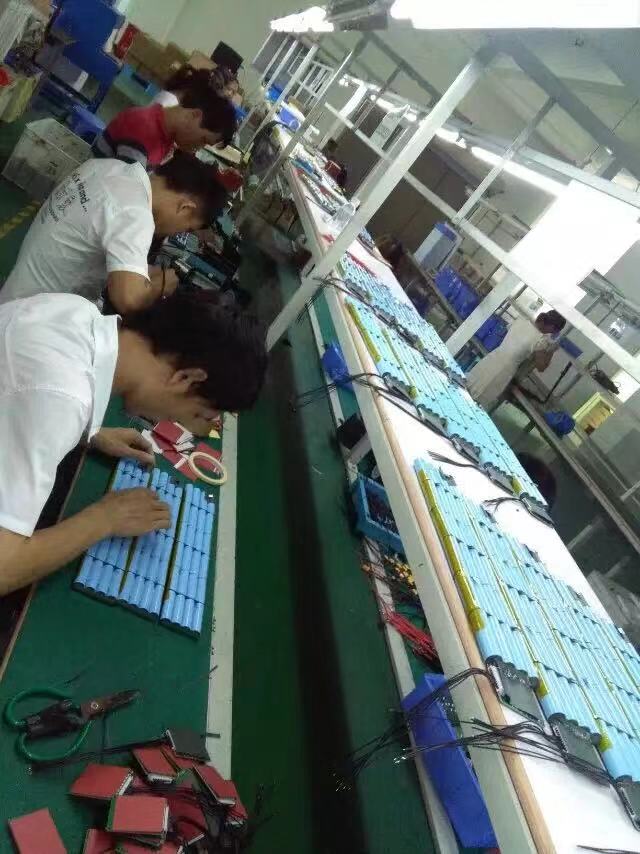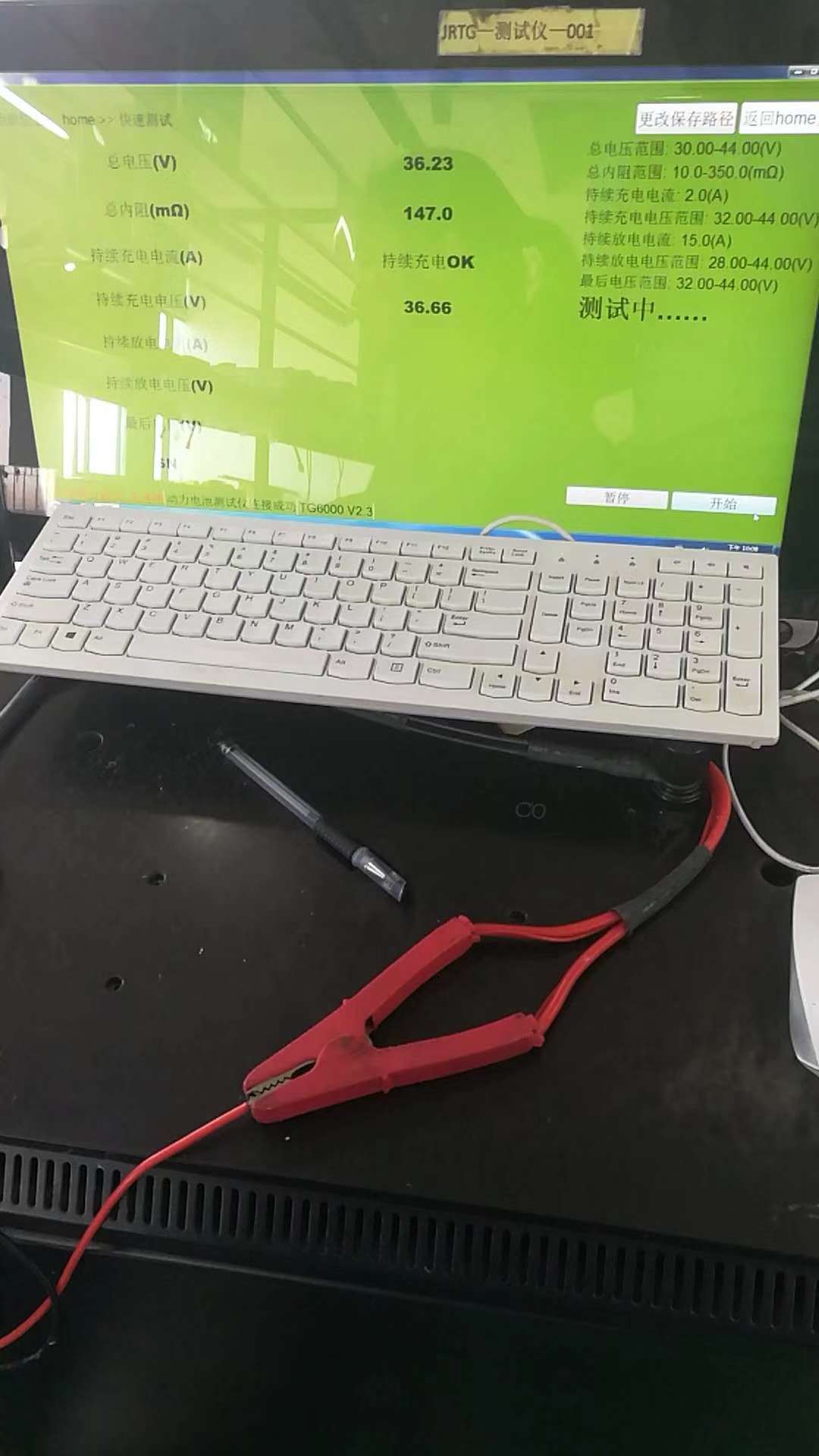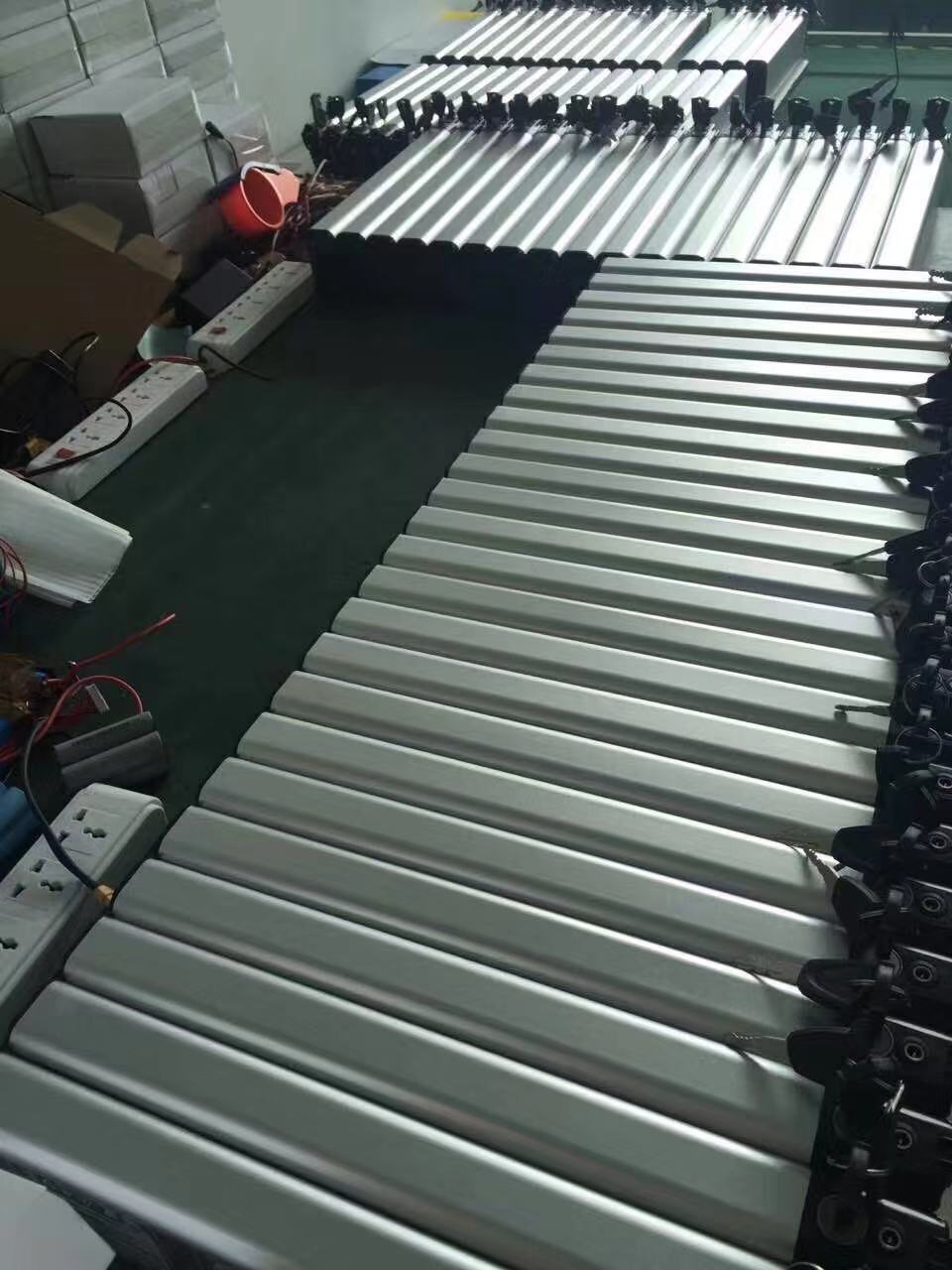Stark Drive Battery Manufacturing

Hello Everyone,
After a recent visit to our contracted battery manufacturer i wanted to share with you some photos and videos of the process.
note: photos taken are not photos of our batteries being made, but merely their general operations, as you can see the shape of the batteries they are making in the photos is contrary to our own powerpacks.
Its worth noting that the Lithium cells that we use in Stark Drive are not actually made in China, they are made in Japan (which is what our manufacturer has guaranteed us) but the pack itself is assembled in China. The main benefits of a Chinese assembly are the labor costs which are significantly lower then in Japan, however even these are rising making way for some Chinese manufacturers (not necessarily in the battery industry) to sub contact out manufacturing to other neighboring countries such as Thailand, Vietnam etc. This is a good thing as it help to raise the standard of living in these countries as well by bringing investment capital. Further as the final assembly is done in these countries, there may not be the same import duties involved when one then ships the product with the all important *MADE IN ______ * label.
For example recently there has been a significant anti dumping duty imposed in the EU member states (~84%) as well as in the USA (25%) - a country that until recently had no import duties at all on electric bikes.
The batteries arrive to the assembly factory already assembled and labeled and the factories job is to combine them in the right parallel and serial connections in order to achieve the required Voltage and Current required. Stark Drive uses a 36V system on our bikes currently with an upgrade planned to 48V in the near future for all our bikes.
Think of a Volt as the “force” pushing Amps through the system. The higher the voltage, the more energy can be moved, or the faster it can be moved. So, a higher voltage system can send more energy through the circuits to the motor. 36V batteries are common, but some high performance bikes get 48V batteries. All else being equal, a higher Voltage system will deliver more torque for quicker starts, but it will drain your battery faster.Think of Volts as the.
Watts = Volts x Amps. Or, think of it as Force x Volume. Lets say you have a 10A 36V battery, then it’s able to produce 360 watts. This is the real measure of power that a system has. The higher the Volts, the more Watts you will get out of the system so upgrading the system voltage will have a big impact on the total amount of power that can be delivered to the controller and consequently to the motor giving you more acceleration or umph (to put it scientifically) when starting out on your Stark Drive. Further with a higher amount of available power you end up being able to achieve higher speeds with all things such as rider weight, terrane, wind conditions, temperature being equal.
Above you see cells that have already been welded together in the proper configuration in order to be sealed and then connected to a battery housing for eventual use in Stark Drive. There is a lot of electronics that get added to this system to ensure balanced charging to measure system voltage and temperature and other functions to ensure the health and longevity of your battery pack.
Here you see workers combining the cells in guides and adding some all important electronics and protection circuitry.
This is battery testing equipment that measures all the important aspects of the packs to ensure they are of the highest quality before they leave the factory.
Here finally we see some Stark Drive packs all finished and ready to go.
Here we see packs not meant for Stark Drive in a much higher power configuration.
QUIZ:
As we explained above, the Watt Hour rating is the final number that’ll tell you what your e-bike is really capable of. How the manufacturer arrives at that number is interesting in that it tells you a little about how the system is designed. To illustrate, let’s look at the math and compare two seemingly similar systems:
- BIKE A: 10Ah x 36v = 360Wh
- BIKE B: 5Ah x 72v = 360Wh
Which one would you want? Both have the same Watt Hour rating. But Bike A has more available energy stored in the battery. Bike B has half the capacity, but because its voltage is twice as high as Bike A, the Watt Hours rating the same. Technically, both could be designed to perform similarly, but higher voltage systems are usually used for faster power delivery for quicker acceleration rather than efficient cruising. Think of Bike A as a fuel efficient V6 in a minivan, and Bike B as a turbocharged, nitrous-equipped V6 fed by a high pressure fuel pump. You cooooould ride Bike B like a minivan, but you’d be wasting its potential. In reality, virtually every street legal e-bike’s power output is regulated by law, which is why most are 36V systems however as the laws are written so poorly in the EU for example, you could take a 250W motor, connect it to a 72V system with a 10ah battery and 20amp controller and although it would shorten the motor lifespan, it would definitely give you a thrill when riding down the street at 100kph.
Sincerely
Stark Drive Team
Stark Drive LLC






